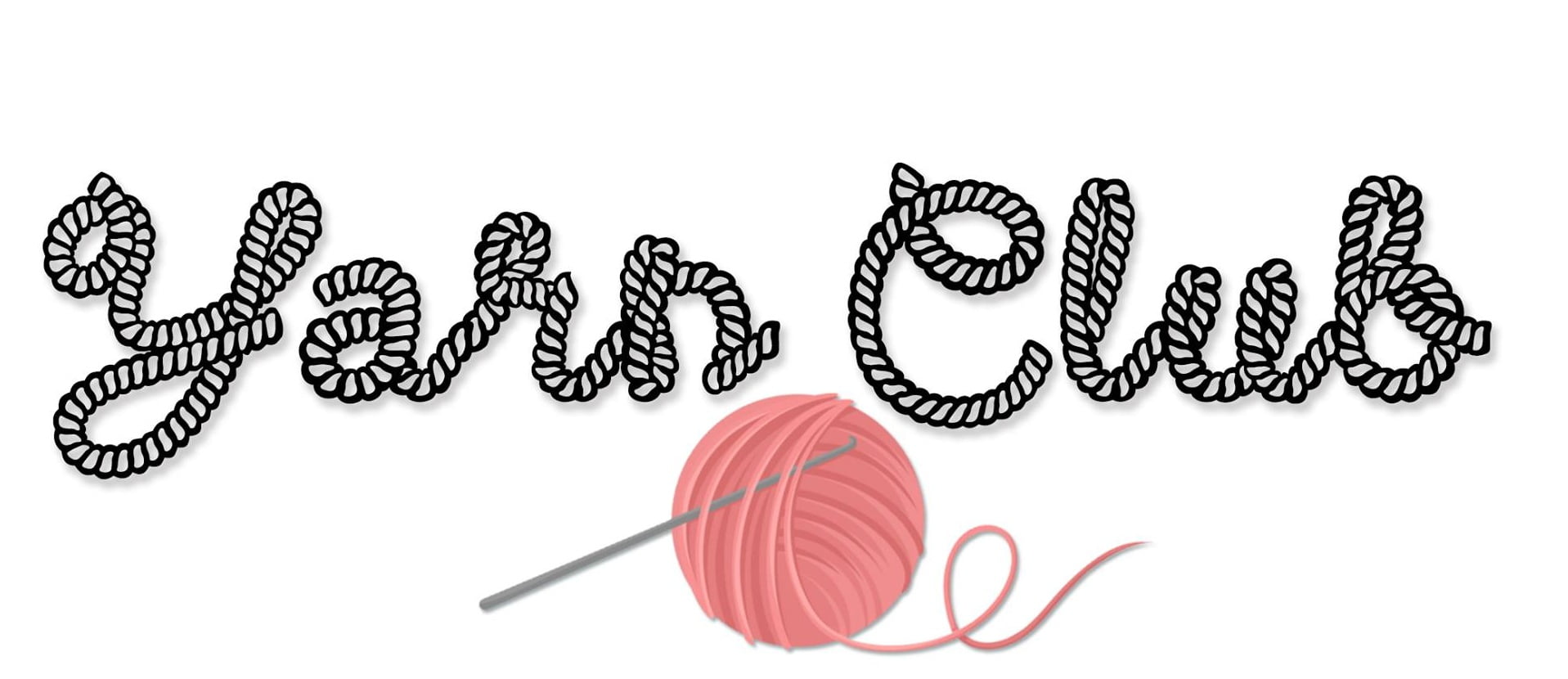How to knit a tension square
 On a classic Double Knitting 8 ply Yarn weight the tension might be 22 to 24 sts & 30 to 32 rows to 10cms (4″) square on 4mm needles. Tension is the number of stitches and rows measured over 10cms.
On a classic Double Knitting 8 ply Yarn weight the tension might be 22 to 24 sts & 30 to 32 rows to 10cms (4″) square on 4mm needles. Tension is the number of stitches and rows measured over 10cms.
A knitted garment is designed by a mathematical calculation or grading based on this initial tension, so if you are knitting to a different tension to that stated in your pattern, then you will eventually produce a garment that is not sized correctly. So tension is important in determining the finished garment size.
Many knitters disregard the importance of knitting up that first tension square, and then blame the pattern or the yarn for their over large (or too small) garment!
A tension square is worth the one evening to prepare and measure so that you can work on a garment over possibly several weeks or months that will be the right size for it’s wearer!
to work a tension square… 24 sts, 32 rows to 10cms stocking stitch on 4mm needles

Cast on the number of stitches stated in the tension part of the instructions, plus 6, keeping the first and last 2 stitches knit on every row, this helps the edges to lay flat.
In this instance 30 sts.
Work the square in stocking stitch until it measures 14cm.
 e.g.
1st row: knit
, 2nd row: knit 2 stitches, purl to last 2 stitches, knit 2
stitches, Repeat last 2 rows until square measures 14cm ending with a 2nd row.
e.g.
1st row: knit
, 2nd row: knit 2 stitches, purl to last 2 stitches, knit 2
stitches, Repeat last 2 rows until square measures 14cm ending with a 2nd row.
Break off the yarn and slip it through the stitches and take them off the needle. Don’t cast off as this can distort the stitches. (As you will see below, for the purpose of photos, we left our tension square on the needle)
 To count the stitches…
A stitch makes a v shape and it’s these v’s that you count horizontally as one stitch.
To count the stitches…
A stitch makes a v shape and it’s these v’s that you count horizontally as one stitch.
Lay the swatch flat and place a ruler horizontally on the square. Place a pin at the side of one and another pin 10cm away.
Count the stitches between the two pins, including any half stitches.

To count the rows…. As discussed, a stitch makes a v and it’s these v‘s that you count vertically as rows.
Lay the swatch flat and place a ruler vertically on the square. Place a pin at the bottom of one v and another pin 10cm away.
Count the v shapes between the two pins, including any half stitches.
For our example, if you have 24 stitches and 32 rows between the pins then you have the correct tension and can continue to follow the pattern.
To adjust the tension…. If you have too few stitches, e.g. 23, 22, or 21 etc, your knitting is too loose and the garment you knit will be larger than stated. to tighten up or condense your tension change to smaller needles, e.g 3.75mm.
If you have too many stitches, e.g. 25, 26 etc, your knitting is too tight and the garment you knit will be smaller than stated. You need to loosen or augment your tension, so change to larger needles, e.g 4.5mm.
(The knitter in the example shown, has never knitted with DK- they have only used a chunky yarn weight, and with this first tension square, this knitter has achieved 22sts over 30 rows-perhaps a bigger needle if she ever knits with DK again)
Top Tip….
If you are finding it difficult to obtain both the correct row and stitch tension together, then it is more important to achieve the correct stitch tension. This is because you can alway knit more (or less) rows at the end, but can’t add or take away stitches once you’ve knitted.
Actual measurement of garment should be 96cm(34″) 101cm(36″) 107cm(38″)
but if your tension is too tight, your garment will be 88cms 92.5cm 98cm
and if your tension is too loose, your garment will be 105.5cm 111cm 118cm
Finally, back to ball bands; spot the difference – here’s 2 slightly different approaches to tension square information
 The pink yarn is Robin DK. The tension square is shown as a grid icon with 32 rows and 24 stitches shown and a 4mm needle icon.
The pink yarn is Robin DK. The tension square is shown as a grid icon with 32 rows and 24 stitches shown and a 4mm needle icon.
The lilac yarn which is Bergere de France Lima, is a lightweight DK. The photo just shows a tension square stating aig 3.5 which is short for ‘aiguille’ meaning needle 3.5m. It also states 24m horizontally inside the base of the tension square which is short for 24 mailles which is french for stitches and 30r is shown vertically which is 30 rangees or rows.
So hopefully now, you can see the use of spending the time prepping a tension square befor you start your next knitting project.
